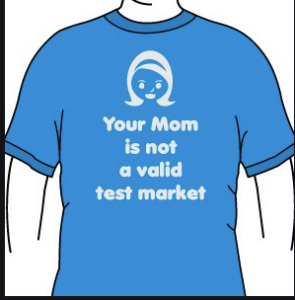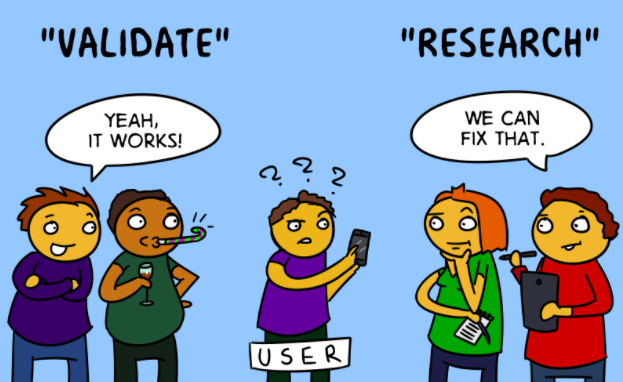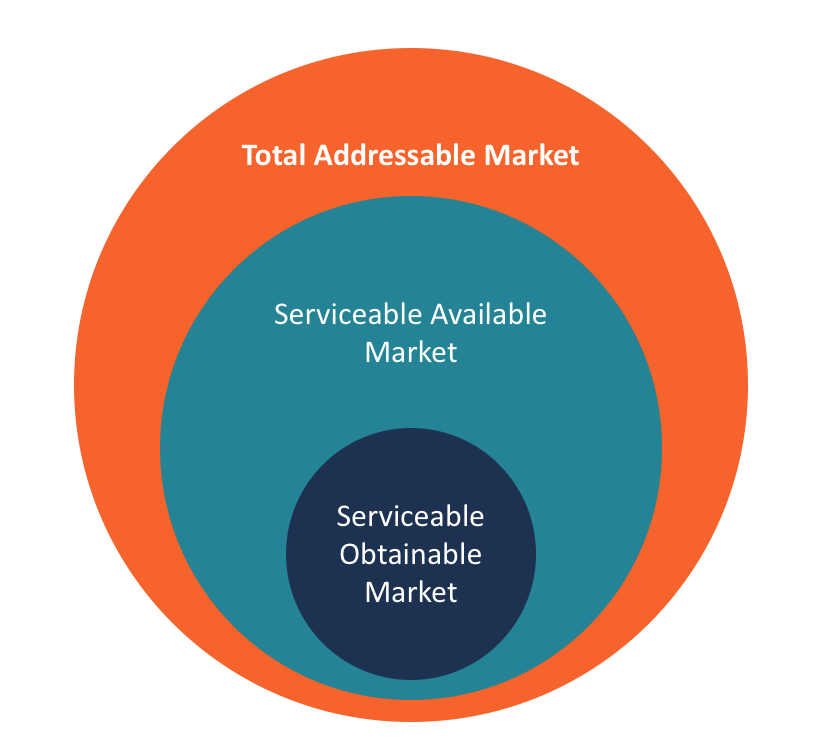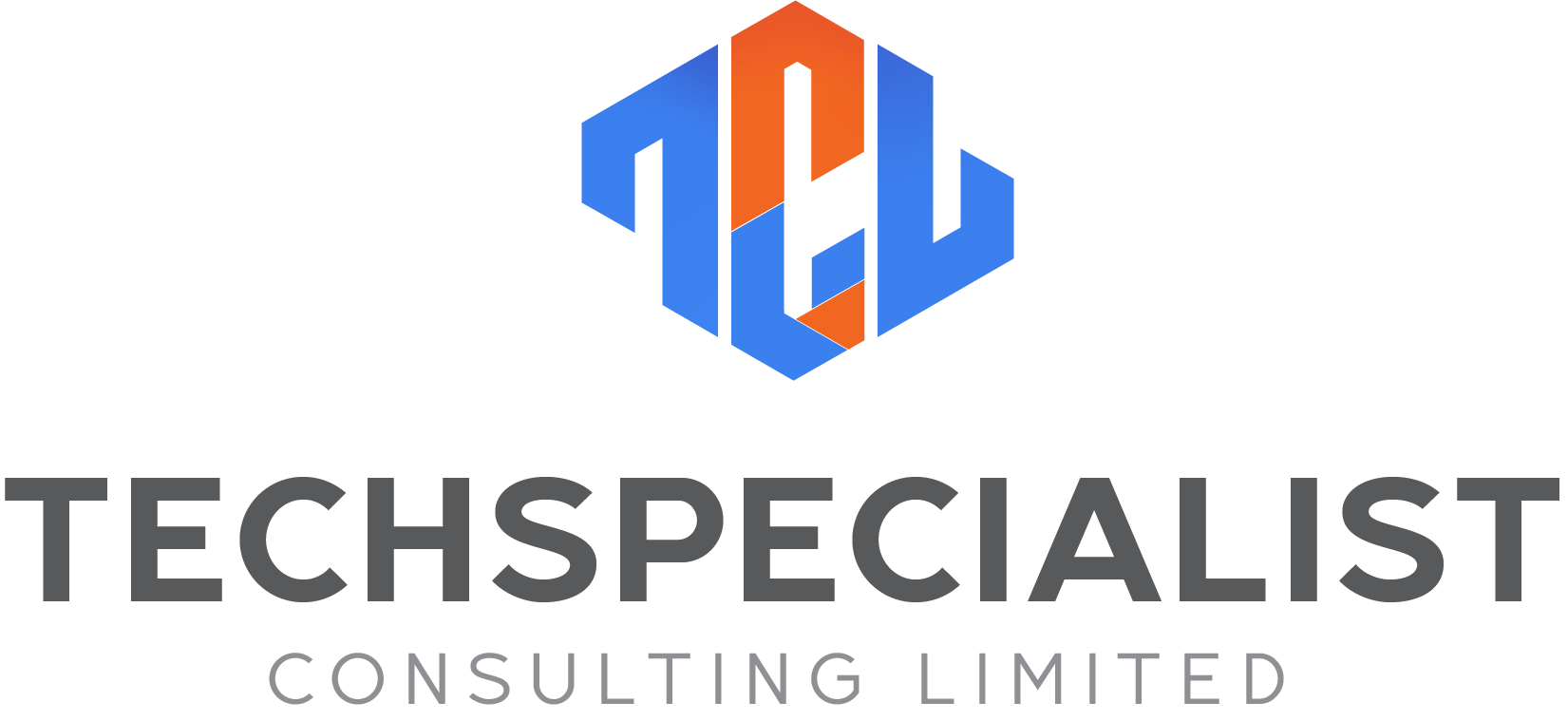Ideate & Validate - Part 2

“Thank you but I will not be needing this right now”. To any service provider or product creator who has excitedly approached a prospective customer with a finished product or service, those words can be deflating! Many of us have been in that position and many more will be with each passing day. Why? Because we judged wrongly: the wrong problem, most painfully so, the WRONG USER! How can we never repeat these common mistakes and transform those words to “Thank you, I am happy to pay for your service/product right away”!?To avoid the above scenario, one must learn to validate the user, the market, and test value proposition without creating a product/service or spending a dim. What do these involve?
User Validation:
This has been defined as the process of identifying the right user and the right problem the user will be happy to pay to resolve.
Steps to user validation
1. Identify the user:
Put a real face to statistics. It is easier to market to one customer than a million; create a single “person” that represents the whole. It is important to note that your user may not be the actual user of the product/service but the purchaser. For example, parents for children, employers for employees, Government for the citizen.
2. Research your user via observation social media behavior and best of all:
by asking questions. Use real data: make your hypothesis (a possible reason for the problem) yet avoid the urge to insinuate or make wild assumptions.
3. Create a user persona:
That is a PERSON+ACTIVITY=PERSONA. This includes demographics, job title, frustrations, social behavior. Persona’s actual goals and pain points are essential as especially as they represent a group.
4. Conducting an Interview (Validating User):
- Keep the conversation light and engaging.
- An in-person interview gives more opportunity for non-verbal communication like body language, facial expressions.
- Ask open-ended questions such as “How do you feel about this…” rather than closed-ended questions as “Do you like this…or that.”
- Interview unbiased audience, preferably not family and friends as these tend to be sympathetic.

Ask an unbiased audience
Next step? Market Research? Spending money on a business plan consisting of extensive data collection, analysis, and reporting? No! Rather, Conduct a Market Validation. Yes, there is a difference. Market validation is active participation with your minimum viable product or specific interface where you can get real feedback from people who are experiencing what you’re doing and how you’re trying to do it. Market validation needs to be done with the target market you’ve identified in your research in order to increase the significance of the results.

Validation involves more than research!
What is Market Validation: is the process of determining if there is a need for your product in your target market. When this process is followed, you can gain a deeper understanding of how your product will or will not soothe a customer’s pain point, it can even result in your first paying customers according to Harvard Business School. It has been said, “No product development should begin without Market Validation”.
Do you know your target market? To illustrate, assume you create a mobile app for the purchase of electricity units, an alternative to visiting the distribution company available 24/7. Market segments will be:

Market Segments-SOM is smallest but realistic market
1. TAM- Target Available/Accessible Market– is anyone in the city who uses electricity, it can even be the entire world.
2. SAM= Serviceable Available–Serviceable Available Market is the portion of the market that you can acquire such as people residing in that city or municipality that the distribution company services.
3. SOM = Serviceable Obtainable Market is the portion of the market that you can acquire such as houses within the scope of the distribution company with already existing electrical cables, transformers, and poles. The primary focus is on people who find physical visits to the distribution company inconveniencing and are willing to pay for a reliable alternative.
Having identified your target market, how can you validate their need for your product/service.
Steps to Market Validation:
1. Competition analysis: this is needed as it aids to identify who and how stiff the competition is, are there already existing off-the-shelf products/services? If so, what will be your unique selling point?
2. Channel mix research: these are different sources for data collection: data of user validation interview results, online tools, and desktop search.
3. Communication Channel mix: what communication tools can be employed to reach the largest volume of the target market within the quickest time? The essence: feel the pulse on product/service. This can be done by cold calling, email, or advertising.
4. Keyword research: Conducting Google research, getting familiar with the right phrases, words, or topics that the target market is interested in is beyond valuable. Who wants to develop a product or service no one is interested in? Recall, the results are valuable in crafting your final marketing messages.
5. Make sense of the data: Did the market validate my product concept as viable and worth investing in? Does my product solve a large enough problem that the market would pay to resolve it? Has your target users found another solution yet to this problem? Do the industries you are targeting with this product concept have a budget to spend on addressing such issues?
Did you notice that you are yet to break the bank! Told you so! By asking the right questions to the right audience, one is spared a head full of hassles.
As a recap: you have identified your user, created a persona via observation, research and interview. You know the scope of the serviceable market and have unveiled the competition and their weak points. You have a selling point and can confirm if this product/service is viable at all. Now what?
Stay tuned as we discuss the next step of getting back to the user to reaffirm the value proposition!
Hope you enjoyed reading this post. Share with your friends.
Contact Me
Our Contact Info
You can contact us directly or visit our office from Monday to Friday
Office
Goldlink House, 2 Harare Steet, Off Rabat Street, Zone 6, Wuse, Abuja.
Visiting Hours
8AM - 5PM
info@techspecialistlimited.com
Phone
092911443

